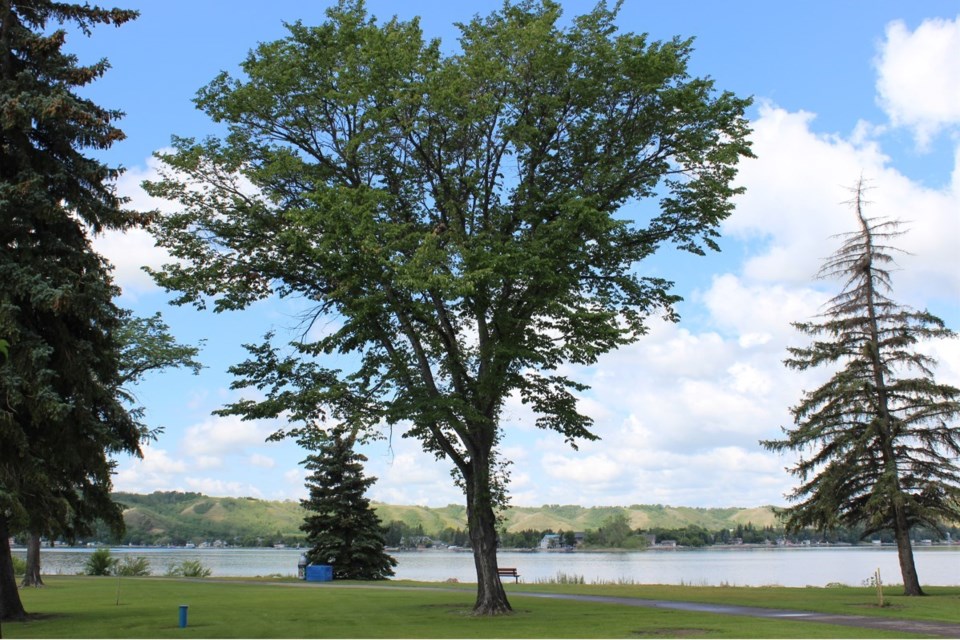The ban is in place each year from April 1 to August 31 to reduce the risk of spreading Dutch elm disease (DED), a fungus that kills elms. The ban period coincides with the time when the tiny elm bark beetles that carry DED are most active. Fresh cuts from pruning can attract the insects, potentially spreading the disease from infected trees to healthy ones.
Regular pruning is important to keep all trees healthy and less vulnerable to disease. For elm trees, removing dead branches also makes them less attractive to elm bark beetles. In the early fall, the weather can be great for maintaining your trees, and it's much easier to see and remove dead or unhealthy branches with the leaves still present.
It's important to prune trees properly, whether you choose to do the job yourself or hire a professional. Incorrect pruning can damage trees and spread DED or other diseases. Under provincial regulations, anyone pruning elms commercially must have completed a recognized training program or be supervised by someone who has. If you're unsure if the person you're considering for the job has the required training, feel free to ask for their credentials.
Transporting wood is one of the main ways that harmful insects and diseases, including DED, are spread. In Saskatchewan, it is illegal to transport, store or use elm firewood. Dispose of elm wood promptly, by burning or burying it in a location designated by the local municipality. To find out about proper elm wood disposal in your area, check with your local municipal authority.
If you suspect a tree may have DED, or for more information, contact the Ministry of Environment's Inquiry Centre at 1-800-567-4224 or [email protected]




